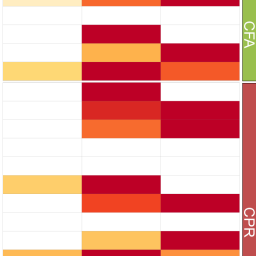How complex should an in vitro model be? Evaluation of a complex 3D alveolar model with transcriptomic data and computational biological network models
Main Article Content
Abstract
To more accurately model inhalation toxicity in vitro, we developed a tetra-culture system that combines lung alveolar epithelial cells, endothelial cells, macrophages, and mast cells in a three-dimensional orientation. We characterized the influence of the added complexity using network perturbation analysis and gene expression data. This allowed us to gain insight into the steady-state profile of the assembled, complete three-dimensional model using all four cell types, and of simpler models of one, two, or three cell types. Gene expression data were analyzed using cause-and-effect biological network models, together with a quantitative network-scoring algorithm, to determine the biological impact of co-culturing the various cell types. In the tetra-culture, macrophages appeared to be the largest contributors to overall network perturbations, promoting high basal levels of oxidative stress and inflammation. This finding led to further optimization of the model using rested macrophages, which decreased the basal inflammatory and cell stress status of the co-culture. We compared transcriptional profiles from publicly available datasets of other in vitro models representing the airways and of healthy human lung tissue with those of our model. We found an increasing correlation between airway models and normal human lung tissue as cell types became more physiologically relevant and the complexity of the system increased. This indicates that the combination of multiple lung-relevant cell types in vitro does indeed increase similarity to the physiological counterpart.
Article Details
Articles are distributed under the terms of the Creative Commons Attribution 4.0 International license (http://creativecommons.org/licenses/by/4.0/), which permits unrestricted use, distribution and reproduction in any medium, provided the original work is appropriately cited (CC-BY). Copyright on any article in ALTEX is retained by the author(s).


